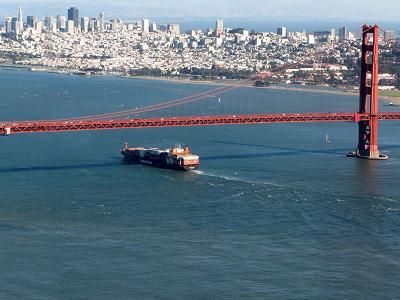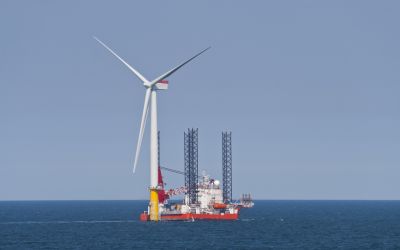California pursues emissions reduction to 80% below 1990 levels
New report from California's Air Resources Board (ARB) updates plan of cutting emissions to 80 per cent below 1990 levels by 2050

California will pursue its ambitious carbon reduction programmes beyond 2020, and is confident that results so far indicate that the initiatives can complement economic growth.
Earlier this week, the state's Air Resources Board (ARB) released an update of its plan to achieve its goal of cutting emissions to 80 per cent below 1990 levels by 2050.
The report said the state was on track to meet its goal of cutting its output of greenhouse gas (GHG) emissions to 1990 levels by 2020 even as the economy recovers from a deep recession.
All sectors, from agriculture to waste management, will be required to play a bigger role for the state to meet targets beyond 2020, according to the report.
The ARB stopped short of setting a 2030 emissions reduction target in the new plan, a target that could have implications for the price of carbon in the state's carbon market.
The report also highlighted that California's target should be consistent with commitments in other regions and noted that the European Union has adopted an emissions reduction target of 40 per cent below 1990 levels by 2030.
A number of policies have been employed in California with the aim of combating climate change, including a cap-and-trade programme that sets a gradually tightening limit on the amount of emissions from covered businesses and allows for the trading of emissions credits on an open market.
The state will continue past 2020 with its low-carbon fuel standard (LCFS), which requires a reduction in the carbon intensity of transportation fuels. The fuels are measured throughout their lifecycle in an analysis that includes production and transportation as well as ultimate use.



_400_250_80_s_c1.jpg)


